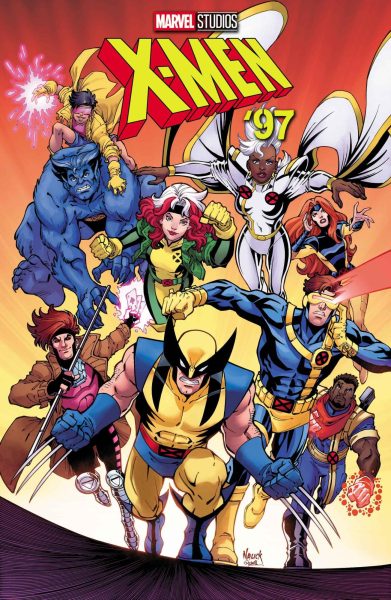Journalism 2.0 = @ your service
Newspapers are a dying, yet cherished icon of our past, like carburetors and landlines. They’re possibly the most failsafe way to get news, but are becoming obsolete in a push by mainstream media to find faster, cheaper and easier ways to reach mass audiences.
As early as a 1981 report on KRON San Francisco, the media has been reporting on the inevitable demise of printed newspapers as the world goes digital. Even then it was acknowledged that we would get “all of our newspapers and magazines by home computer.”
Twenty-eight years later, professional and college journalists alike are still reporting on the uncertain direction of journalism with a touch of irony via Twitter feeds, Flickr Photostreams, Tumblr blogs and other applications.
Meanwhile, mainstream media is embracing new media and its potential for story telling and interactivity with readers. The New York Times gave example on how to effectively accompany traditional newspaper reporting online in its coverage of the US Airways Flight 1549 crash landing on the Hudson. They posted online updates, invited witnesses to submit photos and linked to video from MSNBC all on the day of the incident. The online reports were followed by a polished piece in print the next day. In doing this, The Times kept itself relevant and competitive with radio and TV news outlets that can deliver on the spot. All of these techniques reach out to different groups of news consumers.
Most other mainstream media are taking note and making adjustments to the old business model. The Detroit Free Press, for example, cut its home delivery to three days a week to accomodate younger readers that get their news online. Although the average age of The Oakland Post’s readers is presumably much younger than that of the national average, 50, we aren’t going to be putting a stop payment on the check to the printer. Being a free weekly newspaper put out by and for the Oakland University community puts The Post in a unique position.
But that doesn’t mean The Oakland Post should be complacent. We are making partnerships with WXOU and SVP to bring students more information and entertainment without duplicating or competing with what other students are already creating. Look for web exclusive stories, videos and other alternative story telling on Oaklandpostonline.com. Post reporters will be on the air Fridays at 2 p.m. on 88.3 FM WXOU, discussing the biggest stories on campus. These are just a few ways The Oakland Post is thinking outside the print edition.
With that in mind, The Oakland Post is looking for feedback on its ventures into the World Wide Web and partnerships with other student organizations. For journalism to truly go 2.0, there needs to be a constant and robust discussion among journalists and readers.
What would keep you coming back to the website, what types stories do you like to read in the print edition? Twitter or ISSUU? Sports or satire? Your comments and suggestions could be general or specific, philosophical or logistic.
The door is literally open on Mondays and Tuesdays for your feedback and suggestions. Help guide us towards a solution for the next generation of news.
Cartoon by Mike Keefe/The Denver Post, Cagle Cartoons











